70-Point Checklist for Businesses Who Are Launching a Blog

I have repeatedly said that any business that does not have a blog is handicapping itself in the fight for online relevance. While there are always exceptions, I still hold to this in a general sense. I've also written a lot of content aimed at helping businesses launch blogs of their own. One thing I never did, though, was to create an overall checklist of Things You Need To Do. So, here we are! Here's a 70-point checklist of things to do to make a blog launch a success, from establishing a foundation to gathering data once your site is live.
Note that I'm skipping a few things in this post that other blog launch checklists include, because I'm assuming you already have a website with things like branding, a domain name, hosting, a favicon, and so on already configured. Just make sure your blog's design matches your existing website.
Foundation
The foundation is the things you need to do before you begin the process of setting up your blog.
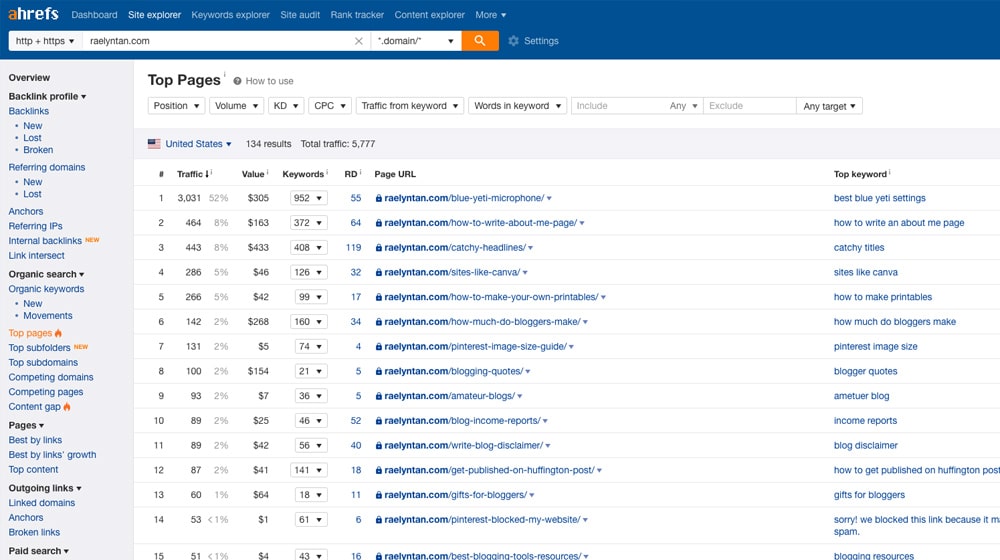
It's how you make sure you have a plan going in, and you're not going to get mired in an unfocused and poorly configured blog.
- Establish the goal. There are many reasons why a business may run a blog, from broadening perception to answering questions to driving sales. You need to figure out which ones apply to you.
- Examine your competition. These days, there are a thousand blogs in every possible niche. It's not about finding one without competition, it's about figuring out how to do better than that competition. But first, you need to identify and analyze that competition.
- Define a blog name, if necessary. This might be as simple as "the <brandname> blog", or it might be a unique name like Crazy Egg's Daily Egg. It's not hugely important either way, you just need to make the choice.
- Determine tone, style, and voice. The way you address your audience, the formality, the word choice; it's all part of your overall style. You'll want to pin down a starting point, though it can certainly change over time.
- Decide on a monetization strategy. Display ads? Affiliate links? Product sales? Consulting? There are a ton of different ways to monetize a blog, possibly even in addition to your usual business strategy. Figure out if you're going to implement any of them ahead of time.
- Pick short-term goals. Where do you want to be with your blog in a month after launch?
- Pick mid-term goals. Where do you want to be with your blog six months after launch?
- Pick long-term goals. Where do you want to be with your blog a year or two after launch? Setting goals, whatever they are, helps you figure out if you're on track with your blog.
Development
The development section is the work you do to design and build your blog, whether you handle it all yourself or hire a programmer or web dev to do the heavy lifting for you.
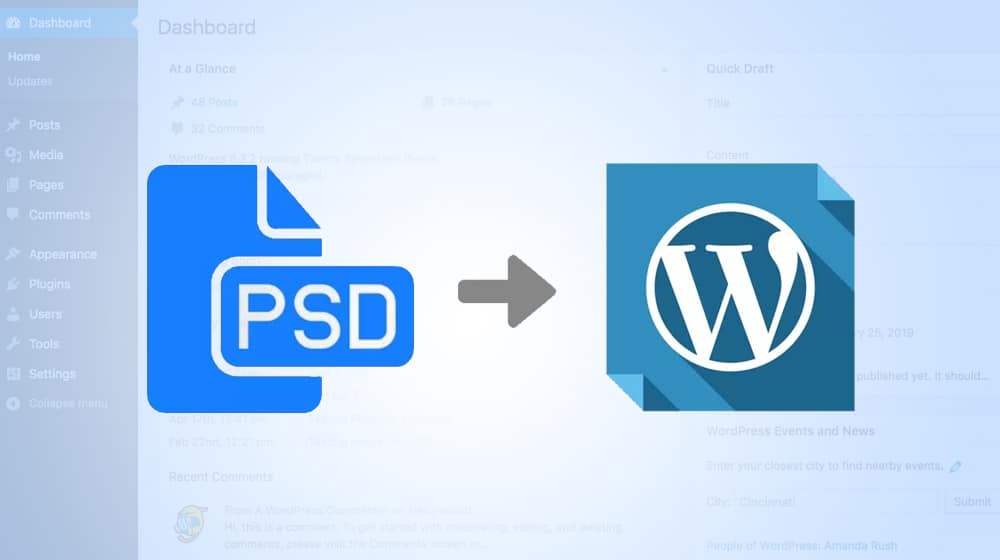
This is where you make decisions about the design of your site.
- Determine if you're hiring a developer. It's not truly difficult to set up a blog, but hiring someone who knows industry best practices can save you time and get you a better result faster than you would do it on your own.
- Pick a blogging framework. My general recommendation is WordPress, but you can also use an alternative platform like Joomla or Drupal. Pick one before you go too much further. If you have the option, it really should be WordPress, but some systems like Shopify are not able to use it on their primary domain.
- Pick a theme or have one designed for you. Remember that a theme can be very customizable, so even if you have the same theme as another site, you won't necessarily look the same. There are tens of thousands of themes available to pick from. If you don't want to use a pre-made theme, you can always hire a designer to design one for you custom, and then hire a PSD to WordPress company to develop it for you into a WordPress blog theme that matches your site.
- Make sure your theme is mobile-friendly. Over 50% of web traffic today is performed on mobile devices. If your site isn't accessible on those devices natively, you're wasting your time.
- Pick a blog comments format. WordPress native comments work fine, but you might want to use something like Disqus, Facebook comments, or CommentLuv instead. The choice is yours.
- Verify that all pages are themed. Pay special attention to category and tag pages, as well as your 404 "Not Found" page.
- Verify that all code blocks are themed. Your H1, H2, H3, and so on should be obvious, but double-check code like lists, links, pre, and blockquotes as well.
- Review your design for accessibility. I'm just going to refer you to another checklist for this one.
- Pick a permalink structure. WordPress these days should default to human-readable URLs at least, but you may want to specify precisely how it structures them.
- Decide between categories or tags. You can use both if you want, but it's generally better to pick one. I like categories so I can do things like link visitors to a category page like this one, but you might prefer a tag organization structure. They both work.
- Create the About Us page. If your business website already has one, just link to it from your navigation menu.
- Create a privacy policy page. See above.
- Create a contact page. You can choose whether you want a contact form or raw contact information. You might also already have a contact page set up for your business, and can just use that.
- Verify that your site works on different browsers and devices. You don't have to optimize your site for completely outdated and broken browsers like Internet Explorer 6, but test your site for usability and display issues on popular browsers like Chrome, Firefox, Edge, and Opera (on both desktop and mobile platforms).
- Set up security for your site. At a minimum, use a unique username and password for your admin account. You may also want to implement other security measures.
- Register your account's gravatar. Even if you plan to use an alternative comment system on your blog, implementing a gravatar allows you to display your account appropriately on other blogs when you comment.
Content
A blog is nothing without content.
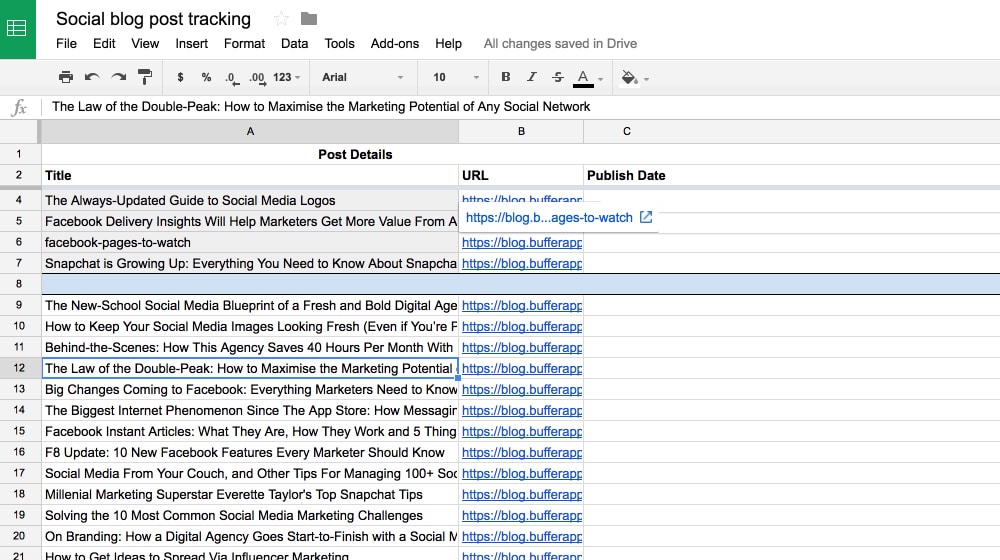
The content section is focused on making sure you're putting together than content properly, whether it's doing the work to develop a content plan, or hiring a blog manager to do it for you.
- Determine your core topic. This will likely have something to do with your business and the overall industry that you're operating within.
- Determine your niches. Picking specific niches within your overall topic will help you guide the content you start to create. Niches can be very flexible and you can change them as you go, so don't feel too bad about your initial choices.
- Create an overall content plan. The primary difference between a personal blog and a business blog is a content strategy. You need a strategy, with goals and objectives, so you can make sure your content aligns with that strategy. Here's how to put one together.
- Build a list of resources for researching topics. Industry resources, tools, surveys, trustworthy sources: you want to build a roster of resources so you can pull information and cite it when needed.
- Learn what makes a good blog post topic. A good topic is something that users are likely to search for, something that can help them, something that can guide them towards a conclusion preferable to you, or something that's just plain useful.
- Learn what makes a blog post good. A lot goes into creating blog posts, and a lot more goes into actually making them good. Feel free to take the time to research existing posts and identify what makes them good, then mimicking that on your site.
- Develop a list of topic ideas and possible titles. Brainstorming sessions, alone or with a team, help build up lists of titles and keywords you can use to spin off into topics. Topic ideation is an ongoing process, but keeping lists of possible ideas is a great way to make sure you're never starting from scratch.
- Write a mix of evergreen and linkbait content. Linkbait content draws in new readers through a viral surge and boosts your popularity through links. Evergreen content isn't as flashy, but it's always useful and always there. You want a mix of both for your site.
- Pick a content schedule you can stick with. Writing blog posts is hard, and it's only going to get harder once you've plucked the low-hanging fruit. Pick a schedule you can stick with, because consistency is the most important thing for blogging today.
- Review competition for a topic before writing it. Many content marketers recommend the 10x rule: look at what's already out there about a given topic, and try to out-do the best posts by 10x. It can be a tall order, but it makes you the one to beat and makes it harder for anyone else to do the same to you.
- Write content that is above the average word count. I did a study last year about the average word count for blog posts. I always try to out-do the average, and I think you should too. How can you expect to compete if your post is below the average of what is already ranking on Google?
- Use plenty of images. A picture is worth a thousand words, and while they might not carry quite that much weight in the average blog post, you still want to include plenty of pictures to illustrate your points.
- Consider creating infographics. Infographics are a lot of work, but they can be an excellent source of backlinks and exposure that you might not otherwise get.
- Consider creating a podcast. Podcasts are growing in popularity, and they're not nearly as hard to get started as you might expect.
- Consider creating videos. Videos have a relatively high barrier to entry for multimedia, but they can be hugely beneficial in getting the attention of a new audience on YouTube and other video sites.
- Build up a backlog of content. One of the best tips I can give you is to build up at least a month, if not six months' worth of content. That way if something unexpected happens, you don't end up disrupting your content schedule.
Marketing
"If you build it, they will come" is nonsense made for a movie about a baseball field. It doesn't apply to blogs.
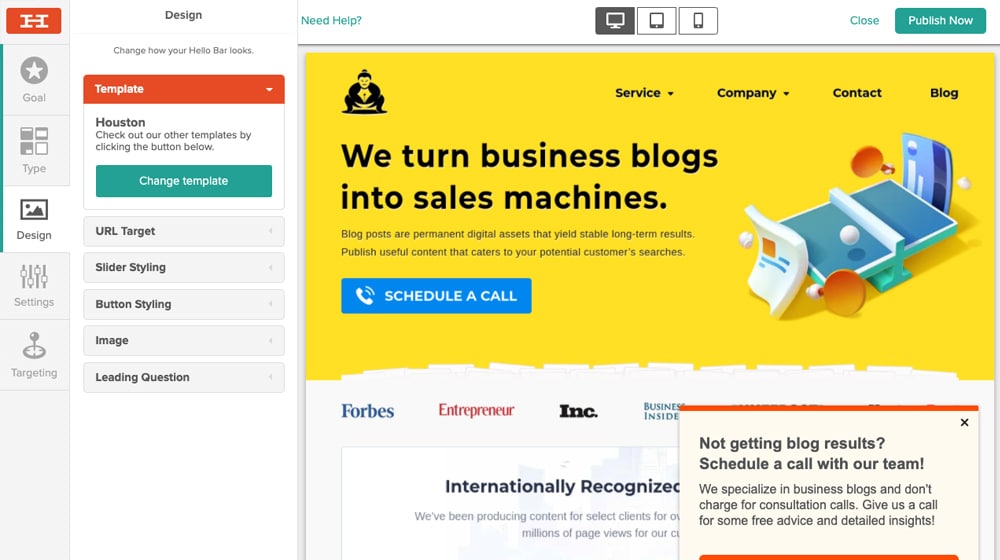
The whole purpose of a blog is to attract an audience, but to do that, you need to put it out there in front of them so they can find it. This section is a checklist on how to go about doing that.
- Define your target audience. Who are your customers? Who do you want to attract with your content? Figure out who they are, so you can figure out what they're looking for, so you can develop content that reaches out to them and meets them halfway.
- Define your calls to action. Every blog post needs to have a purpose, and that purpose needs to have an associated call to action. There are near-infinite possibilities, but you need to define some nevertheless.
- Use plugins or scripts for pop-ups and other CTAs. Exit-intent pop-ups, slide-in boxes, time-triggered lightboxes; all of these are slightly disruptive to user experience, but they work, which is why so many sites these days use them. Give them a try and see what works for your audience.
- Perform outreach. Outreach is how you build a network, grow contacts, get links, develop opportunities, and generally strive to grow. It's also not as hard as people think.
- Start a guest blogging campaign. Reaching out to other sites, to invite authors to write for you, can get their audience to check you out. Reaching out to other sites, to ask to write for them, helps you spread your name and link. They're both valuable.
- Learn about broken link building. The internet is an old place, and websites come and go. When a popular website dies, links pointing to it all break, and those links are an opportunity. If you can swoop in and claim them, well, wouldn't that be great? Here's how to do it.
- Build an email list. You probably already have an email list or a contact list for your business. Your blog can be a great way to build one up or bolster an existing list.
- Post on social media. Just about every business should have a Facebook and a Twitter account. You should also consider posting on LinkedIn, and either Instagram or Pinterest depending on your audience.
- Define a blog reader funnel. I'm not a fan of overly-defined sales funnels, but they might work for you. Defining the blog reader journey and funnel, from the moment they discover you to the moment they become a customer, can be very valuable.
- Identify and connect with influencers. Influencer marketing was all the rage a year or two ago. It's started to die down somewhat, but it's still a great way to connect with audiences tertiary to your own.
Analytics
What are you doing right? What is going wrong? Where is your traffic coming from? How can you get more of everything, from traffic to readers to sales?
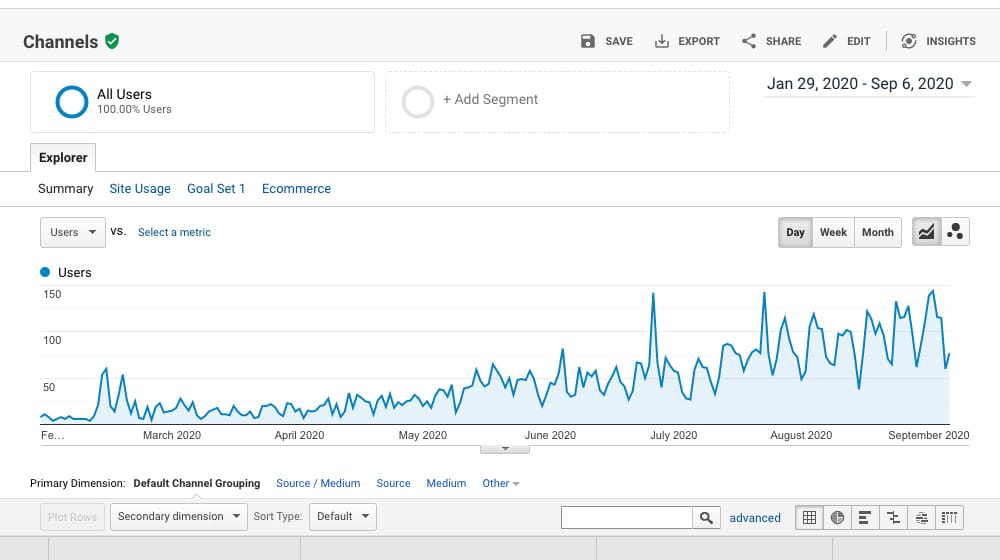
Well, you can find all of this in your analytics. With analytics, you gather the data you need to answer all of those questions and make decisions based on that data.
- Use a rank tracker for key posts and keywords. A rank tracker helps you figure out how well your content is performing compared to the closest competition. Identify the most important keywords for each post and monitor your ranking.
- Monitor Ahrefs for new backlinks. Keeping an eye out for new backlinks ensures that you're able to notice when new good links come in, and bad links you might want to disavow. You can also use Monitor Backlinks or another tool.
- Set up Google Analytics. Google Analytics is free, and it's just about the gold standard for decent analytics on a website. You might want something different (like Raven Tools) down the line, but when you're launching a blog, Google Analytics is the first thing you want to install.
- Link the Google Search Console. This gives you the ability to check for site-level issues, as well as search penalties and other problems.
- Monitor your best performing posts. Figure out what's working, why it's working, and how you can replicate it.
- Monitor your worst performing posts. Figure out what's not working, why it's not working, and how you can fix it.
- Strive to keep evergreen posts up to date. Keeping old posts up to date is crucial for maintaining an evergreen spot. An evergreen post that ranks well but hasn't been updated in 2+ years is an opportunity for the competition to make their own, better version.
Optimization
Only one website in the world was created perfect and remains unchanged to this day, and that's this one.

The rest of us mere mortals need to spend time optimizing our sites and our content for Google, and that means knowing how optimization works and what to do.
- Define your reader journey. Figuring out the path your readers take, both in how they reach you and what they do once they've found you, is crucial for identifying ways you can draw them deeper into your funnel.
- Implement a table of contents. I think a table of contents is one of the simplest things you can do to boost site usability on a blog. It's trivial to set up and it helps both visitors and search engines digest your content more easily.
- Install SEO plugins. Yoast, All-in-One, or specific niche SEO plugins can all be of use for a site looking to optimize for search engines.
- Specify metadata on posts. While Google will quite often ignore your meta description, it doesn't hurt to use it, and the times when they use what you specify means it's in your control.
- Install marketing plugins. Plugins that show related posts, that deliver calls to action, and that offer other marketing channels are all good to use.
- Install a social sharing plugin. I'm a big fan of Social Warfare, but you can use any of a wide range of social sharing plugins to allow users to reach you on social media.
- Create a sitemap and submit it to Google. Sitemaps are easy to generate, and delivering one to Google helps them index your blog so they never miss a post.
- Implement caching and site speed optimizations. Site speed is one of Google's pet metrics for the past few years, so making your site as fast as possible is always a good idea.
- Optimize your images for next-gen formats. New technology is slowly moving us away from the old JPG/PNG paradigm and towards WEBP images. Make sure your image processing plugin can do both.
- Interlink your posts. Just make sure every post you write has at least one link to another post on your blog. If you can't find an applicable post to link to, make a note and focus on writing a new post you can use as a link target, then go back and add the link.
- Perform content audits every year. Once a year, it's a good idea to go back and see if there's old content that needs buffing up, or really old content you might need to drop.
- Perform security audits every six months. Update plugins, update WordPress, change passwords, look for signs of attack, remove spam, and generally ensure that your site is a safe place.
- Perform page speed audits every six months. New plugins that you've installed could be slowing your site down or injecting code into pages that shouldn't have it, which can affect your Google PageSpeed Insights score and in turn affect your rankings.
So there you have it: a nice set of tips, guidelines, and items to check off to make your blog launch a success!
Did any of these help you? Did we miss anything? Let us know in the comments below!







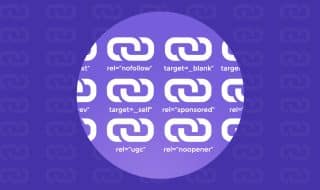
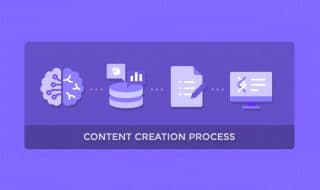

September 14, 2020
Thank you for putting these together, James! This is very helpful for us starting our blog for our business. I just want to ask, how many blogs should I post a week? Will once a week blog post acceptable? Will it still drive traffic?
September 15, 2020
Hey Freda!
I think for someone brand new to blogging, one post per month may be a more realistic goal. Try to shoot for at least 2,000 words and choose a topic that your potential customers are searching for, and something that is relevant to the products or services you offer. If you have an in-house writer and marketing team, you could consider upping this to once or twice per week.
Once your blog is launched, we have another great article here on how to get started writing your blog posts in a way that is both SEO-friendly and valuable to your visitors:
https://www.contentpowered.com/blog/write-seo-friendly-blogs/
December 05, 2020
A must read. Didn’t see any article that as complete as this one. I just have a question in mind, if I would like to go on a two or three blog posts per month, how many weeks or months do I need to plan those article to post?
December 07, 2020
Hi Willie, thanks for the kind words!
I like to plan topics at least 2-3 weeks in advance to give my writers enough wiggle room to hit the ground running. That way, they aren't waiting for me to come up with topics and I have plenty of time to prepare.
It never hurts to have a backlog of topics for them in case you have unexpected snags in your schedule, and you might even decide the next week that you've come up with a better topic that you want to do instead. There's a lot of pros to planning a few weeks ahead and not a lot of cons.
March 01, 2022
We're planning to launch our blog soon so it's incredibly helpful to have a checklist like this.
March 04, 2022
Thanks Ann! Good luck with the launch!
July 08, 2022
This is super comprehensive! I appreciate it!
July 14, 2022
Thanks Matthias, good luck on your new blog!